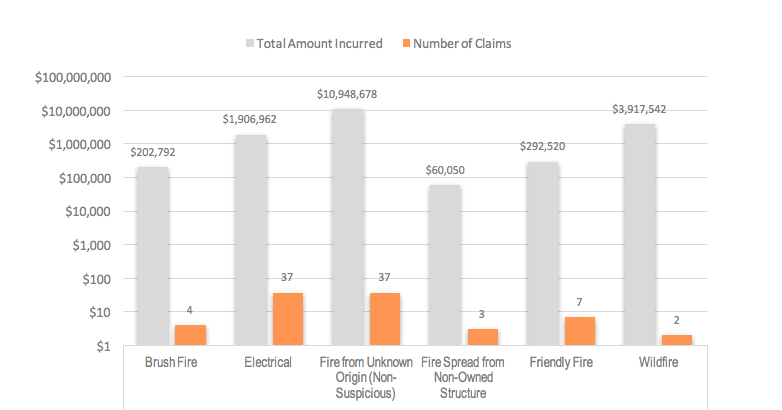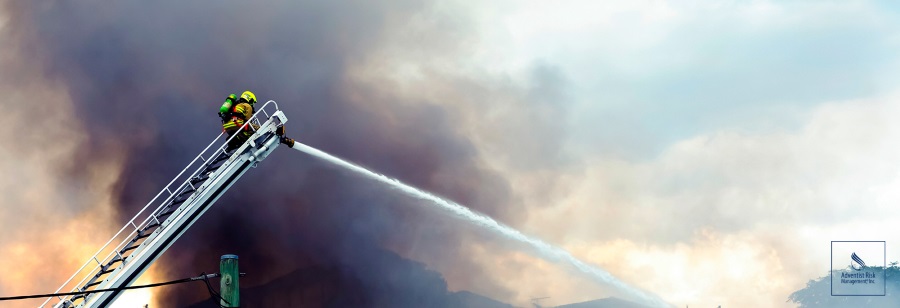Every Sabbath morning as my family and I approached our church’s road, we admired the construction process for a tall, new commercial building. Each week, we saw the newly built parts of the building and were impressed with the quick progress. One Sabbath, however, we saw fire damage on the top floors of the building. We learned later that the building caught fire the week before.
Although it was not a lot of damage, it broke my heart because the building had been close to completion. In following weeks, we watched the demolition process take place. The building became shorter and shorter, and the pile of dust, bricks, wood, and debris grew taller and taller. Though I did not know how much money was invested in the facility, I can say that it was not close to the amount spent on demolishing and re-building.
The Real Deal
Fire is one of the top five losses in cost that Adventist Risk Management, Inc. (ARM) sees in Property Losses. Many times, there is no way to salvage a building after a massive fire.October is National Fire Prevention Month, and it is an excellent opportunity to reassess your fire prevention methods. A report on fire claims over five years (2012-2017) identifies that ARM has paid a total of over USD 17,000,000 in 90 different fire claims to Seventh-day Adventist organizations. The chart below illustrates and specifies Top Fire Causes of Loss in the last five years paid by ARM:

What If…?
Prompted by the fire, safety officials conducted another inspection of the fire-damaged building. The investigation uncovered many gaps and faults that did not meet the construction safety regulations, guidelines, and fire codes. The poor construction practices meant the building had to be demolished and set for reconstruction to avoid further catastrophes.What if the building was constructed to meet safety regulations and fire codes from the start? How would the results be different with regular inspections conducted throughout the construction process? It is likely the fire could have been avoided or the loss reduced with the correct utilization of building construction techniques.
In addition to regular inspections and following safety regulations and codes, other preventative solutions can help avoid or minimize a fire loss. These include:
- Adhering to safety regulations and fire codes
- Regular safety inspections
- Sprinkler systems & water shut-off valves
- Updated fire extinguishers
- Working smoke/carbon monoxide detectors
- Alarm systems
- Well-lit exit signs
The importance of fire safety in our churches and buildings cannot be emphasized enough. ARM has created multiple resources and opportunities to implement prevention methods, such as Safety Sabbath. They are available to help you make sure your church or institution has set preventative measures in place, and the leadership knows what to do in a fire emergency. Don’t react, be proactive!
The Longer You Wait, The Worse It Gets
Besides engaging in risk management by proactively participating in fire safety and prevention activities, a good way to minimize the losses is by filing your claim immediately after an incident happens. On average, ARM receives claims for fire incidents worldwide 90 days after the fire has occurred. Waiting to file your claim can slow down the prompt processing of these claims. The longer you wait, the worse the situation can become.Get Engaged!
ARM wants you to get involved with your church safety and prevention methods by sharing these fire safety resources with the local church leaders and safety officer.Videos
Fire Prevention English | Spanish | French | Portuguese
Preventing Electrical Fires English | Spanish | French | Portuguese
Wildfire Safety and Protection


